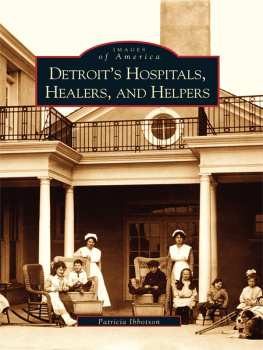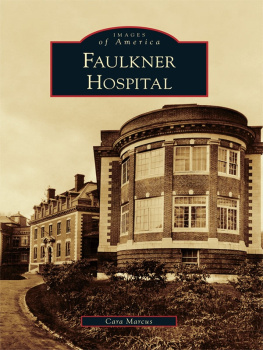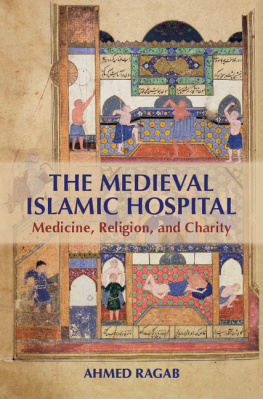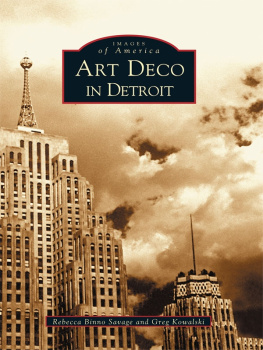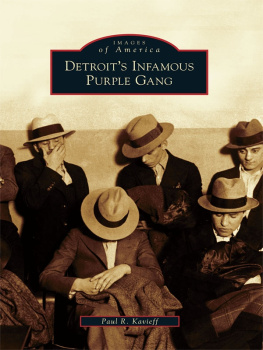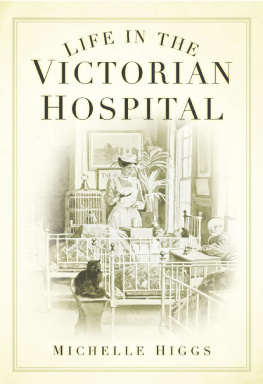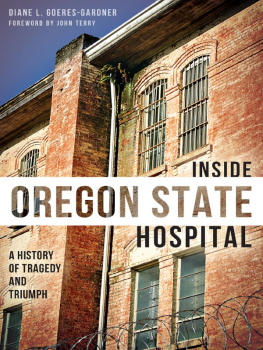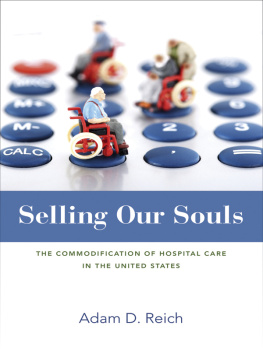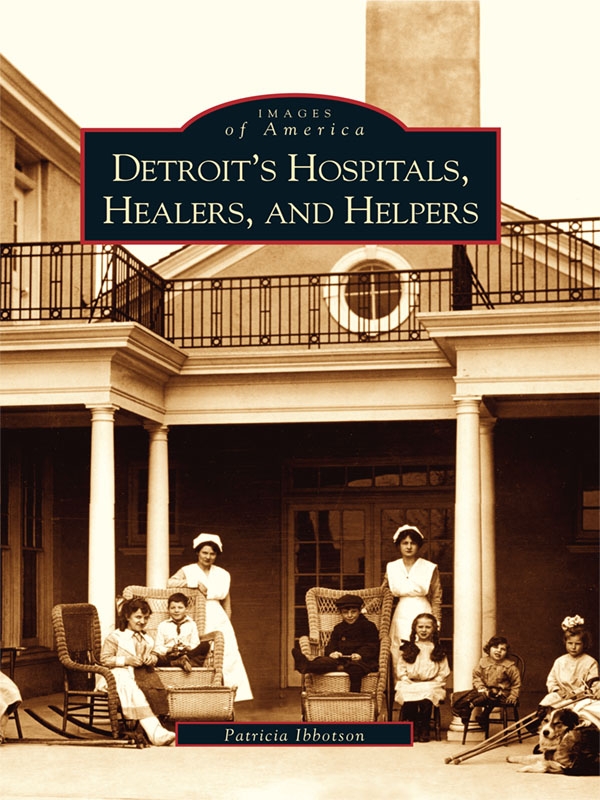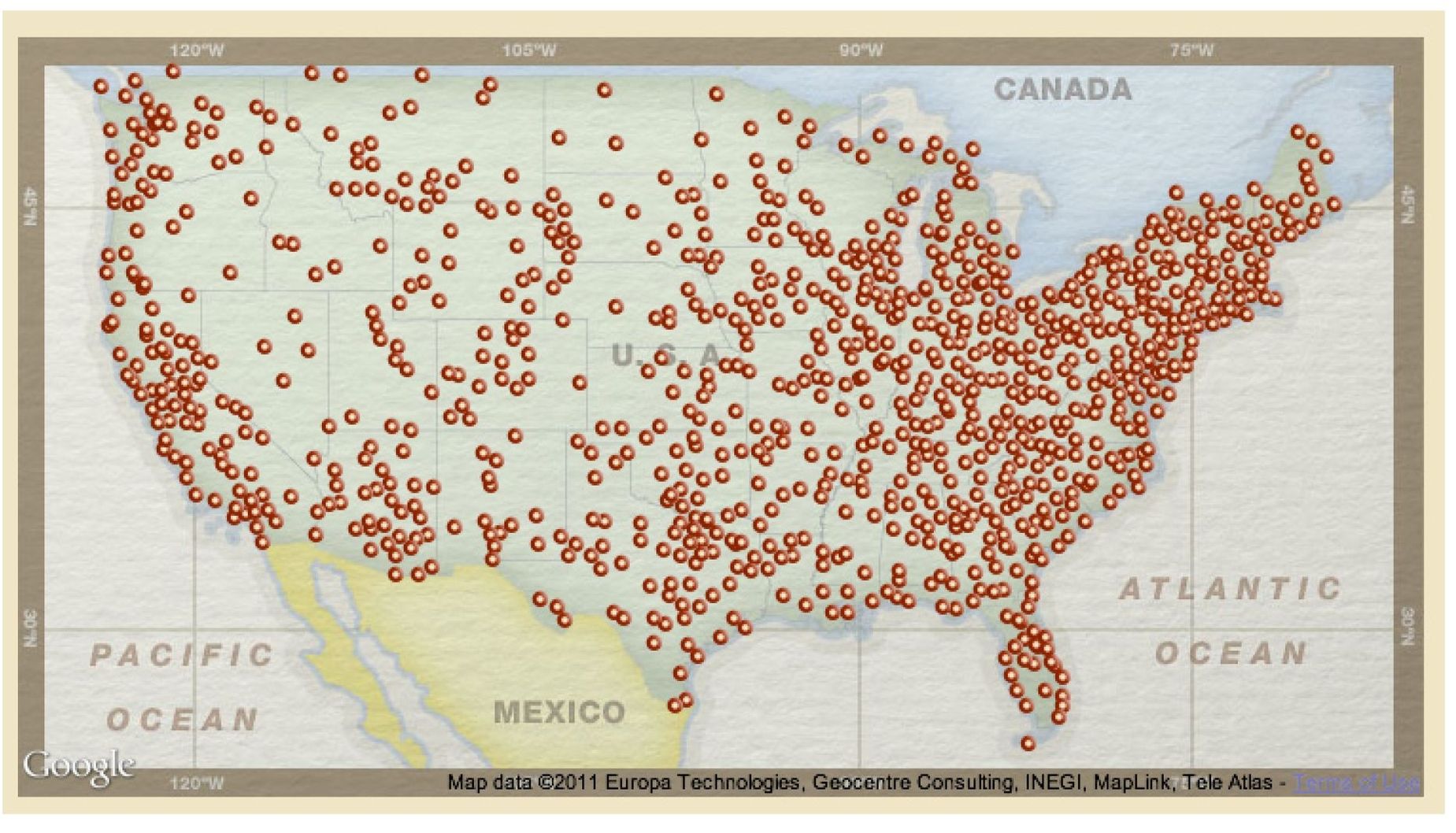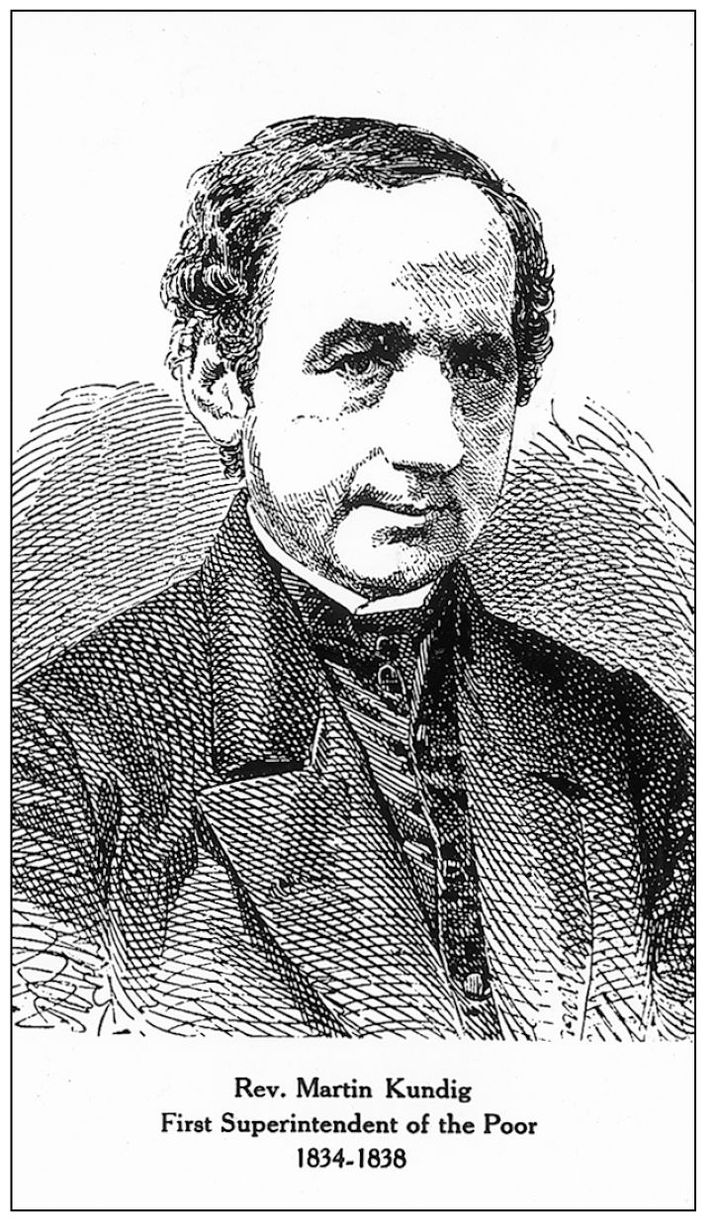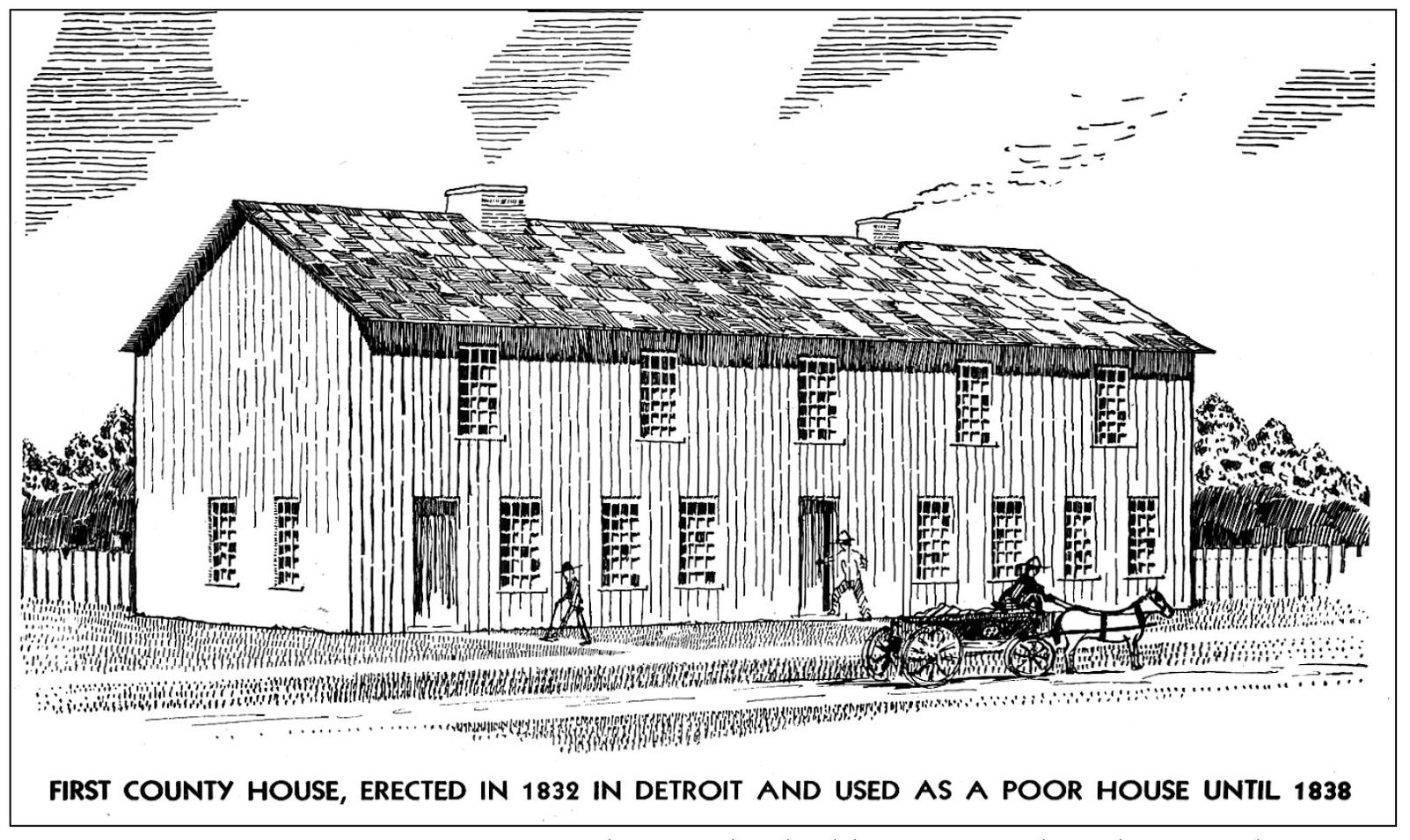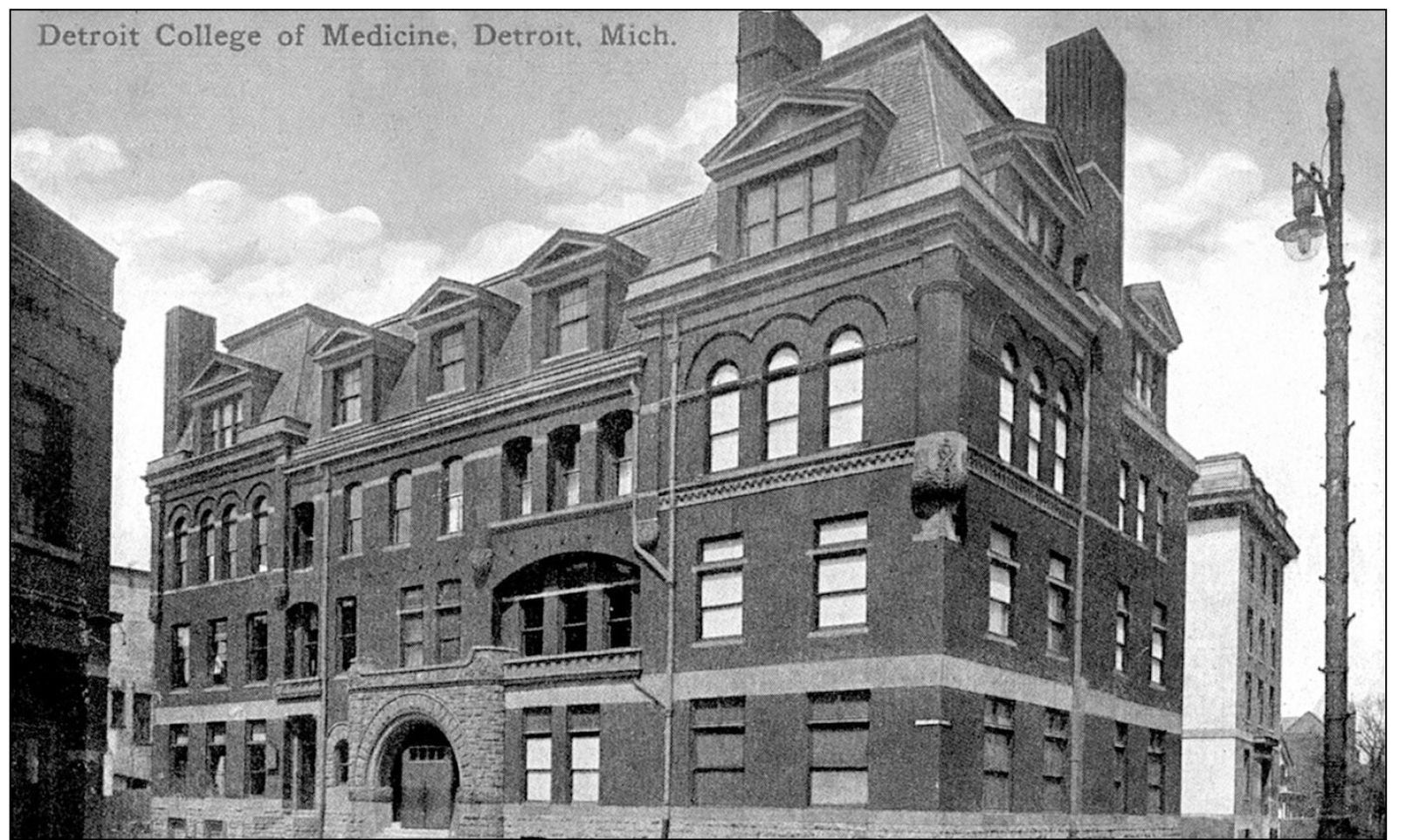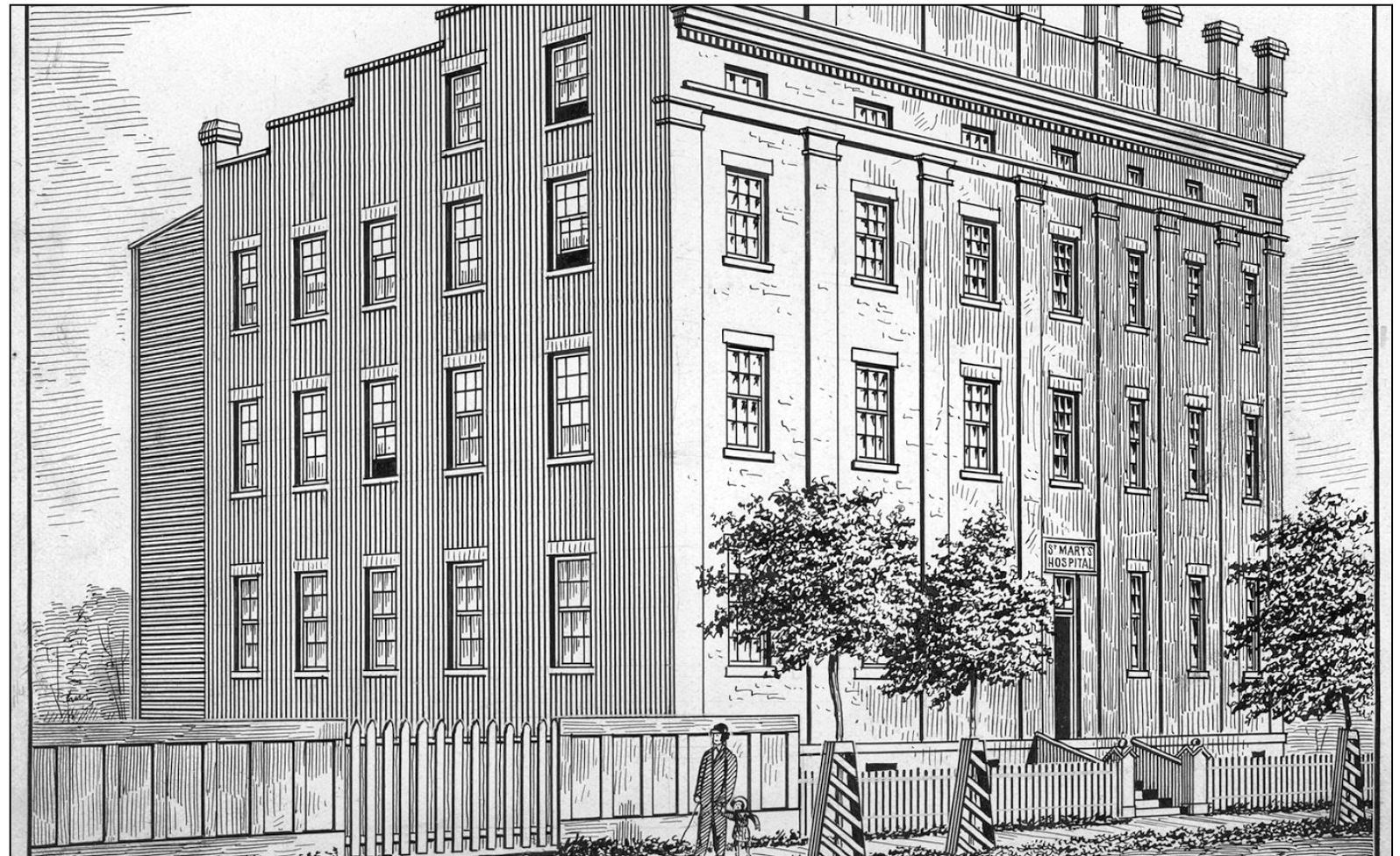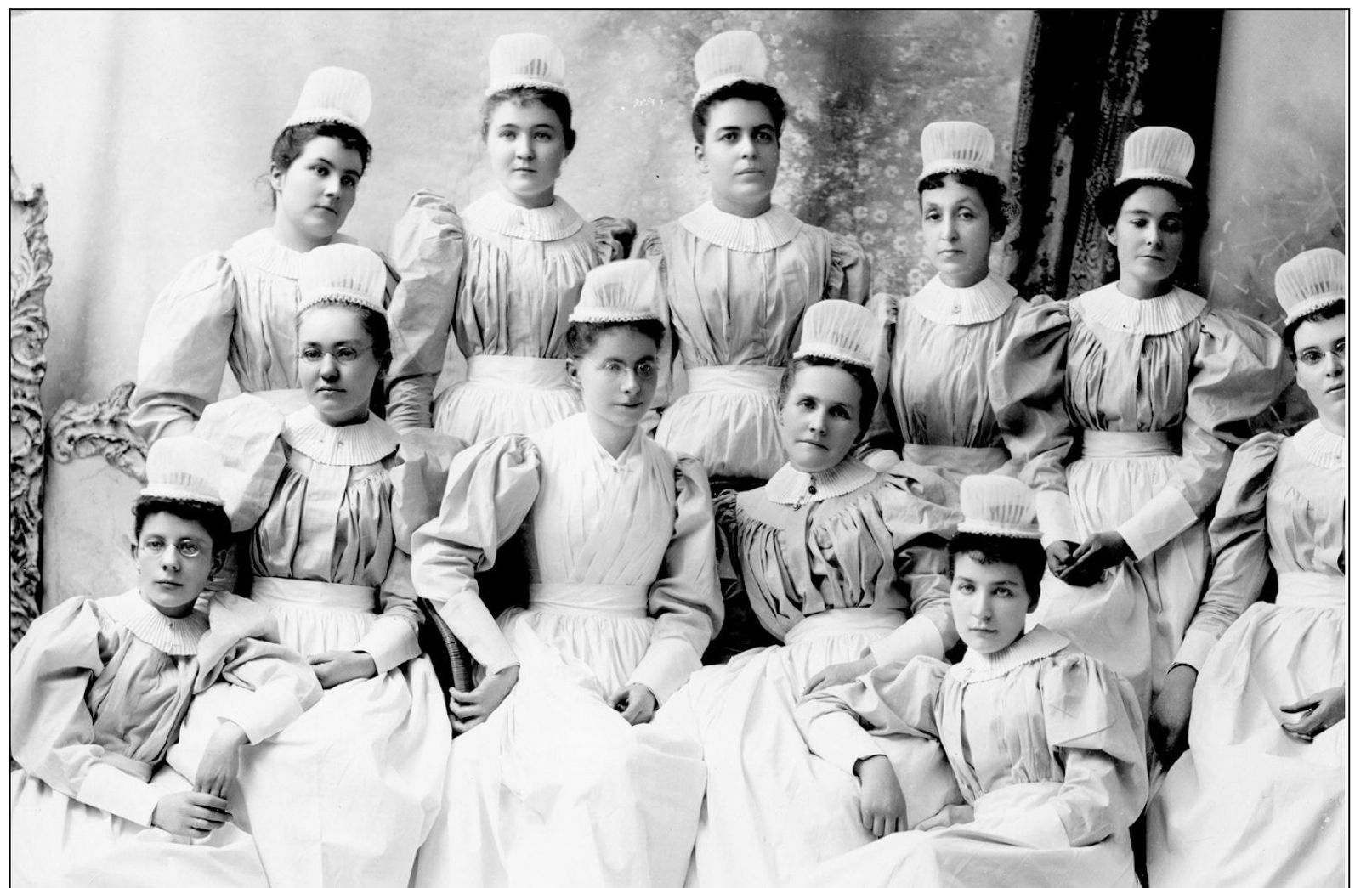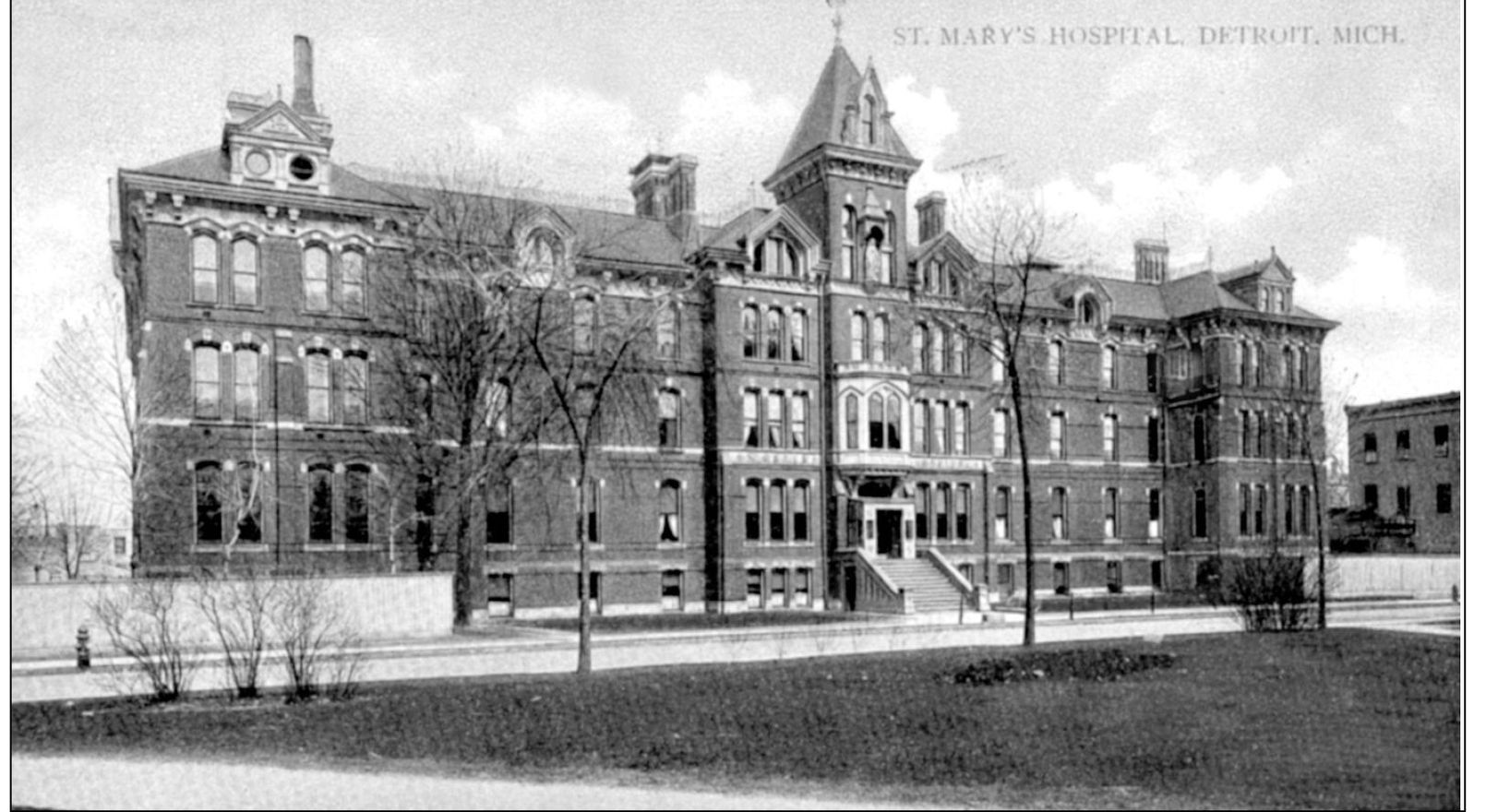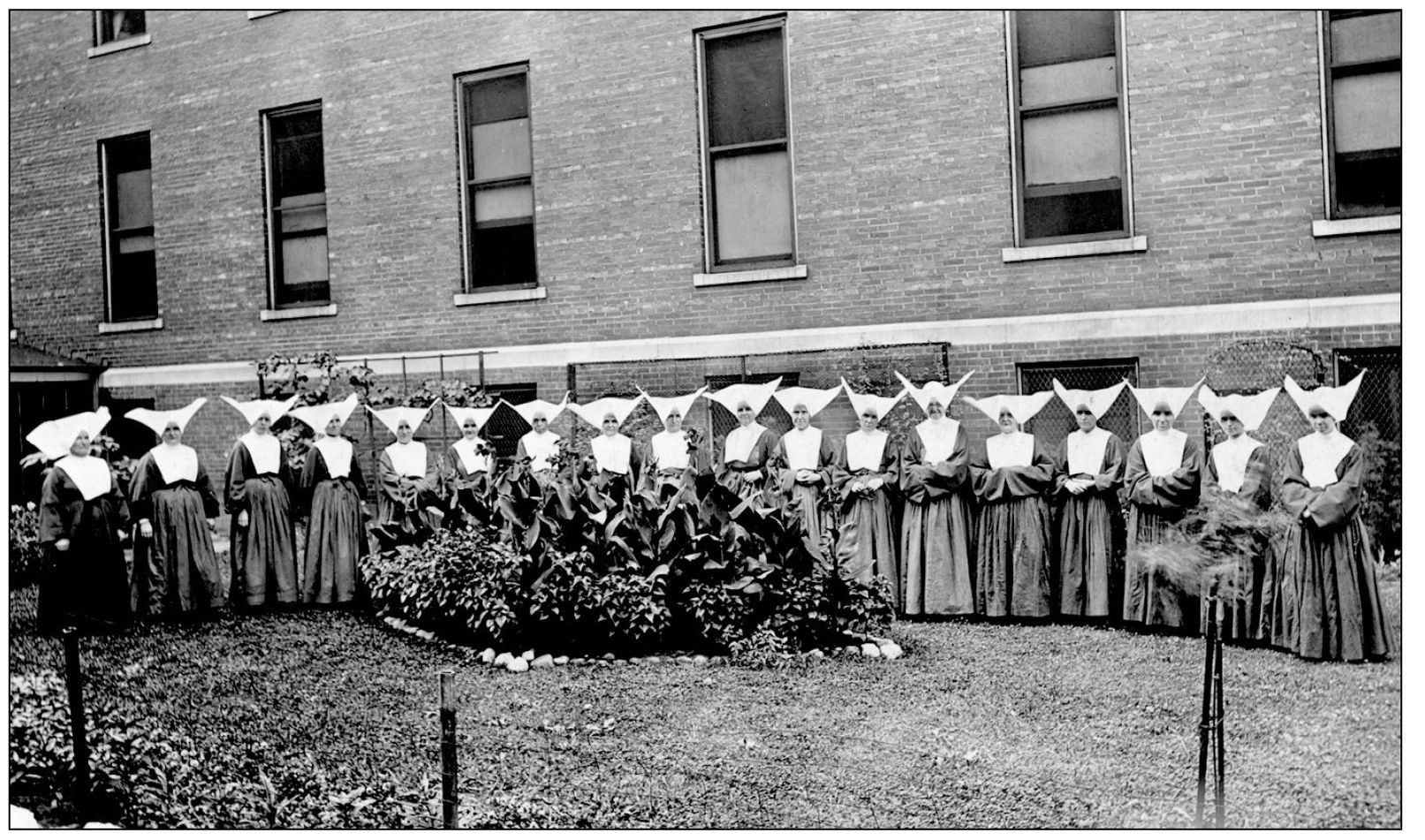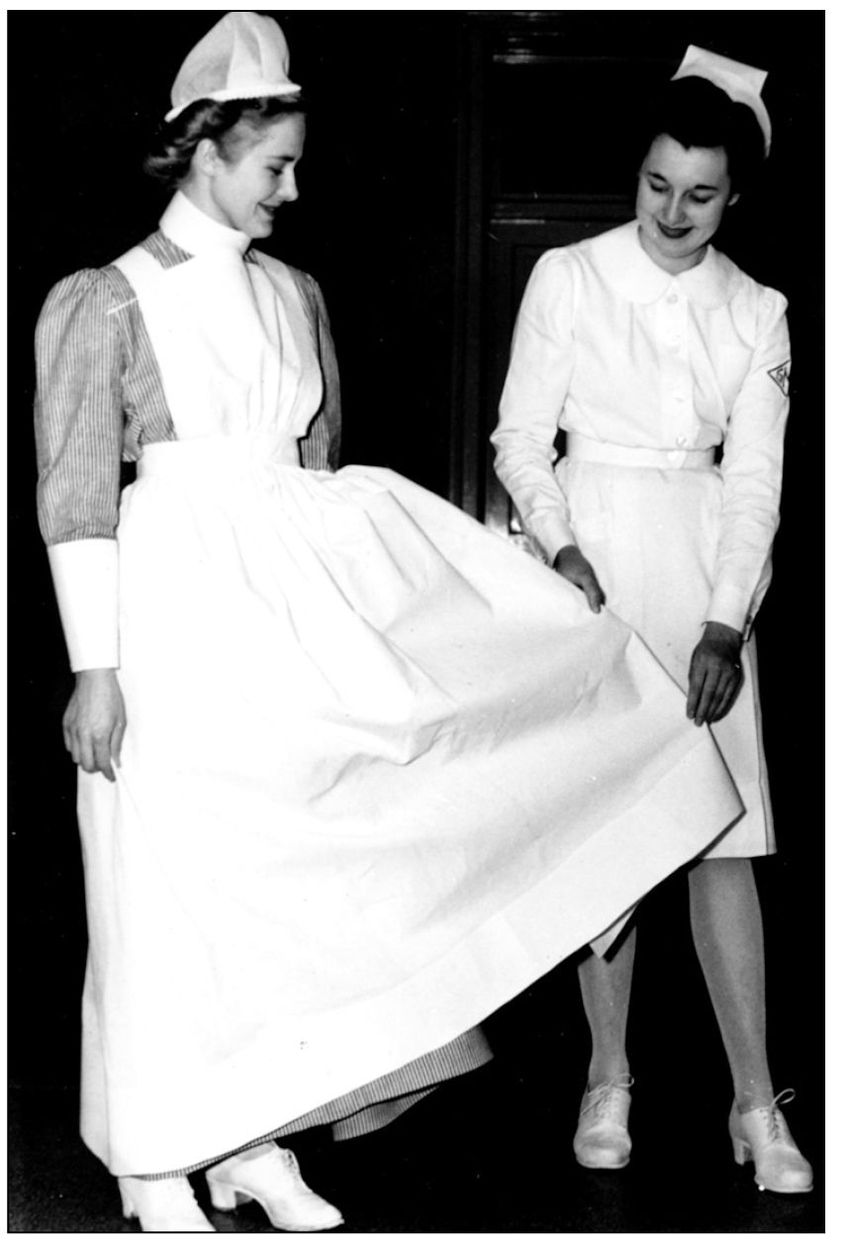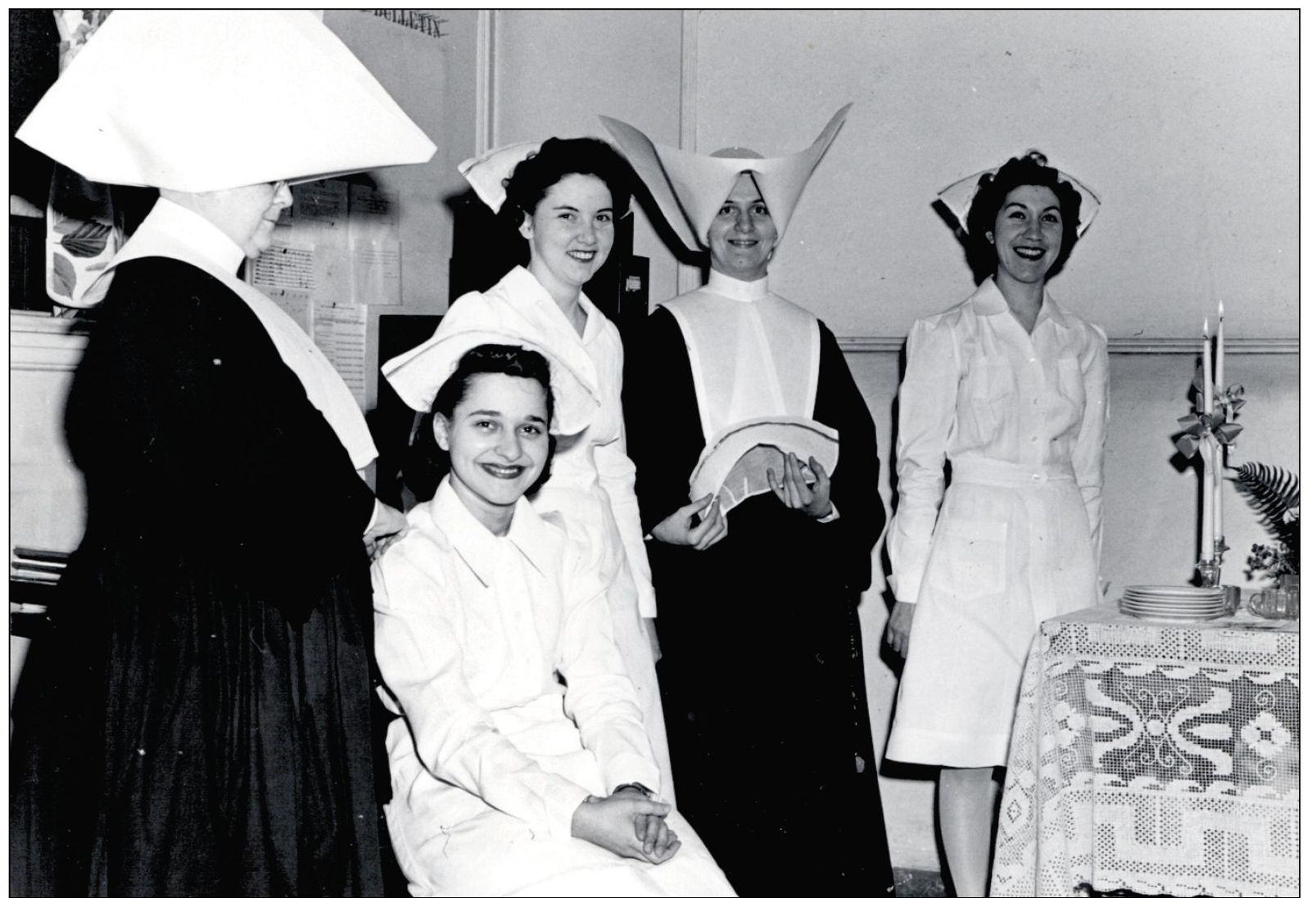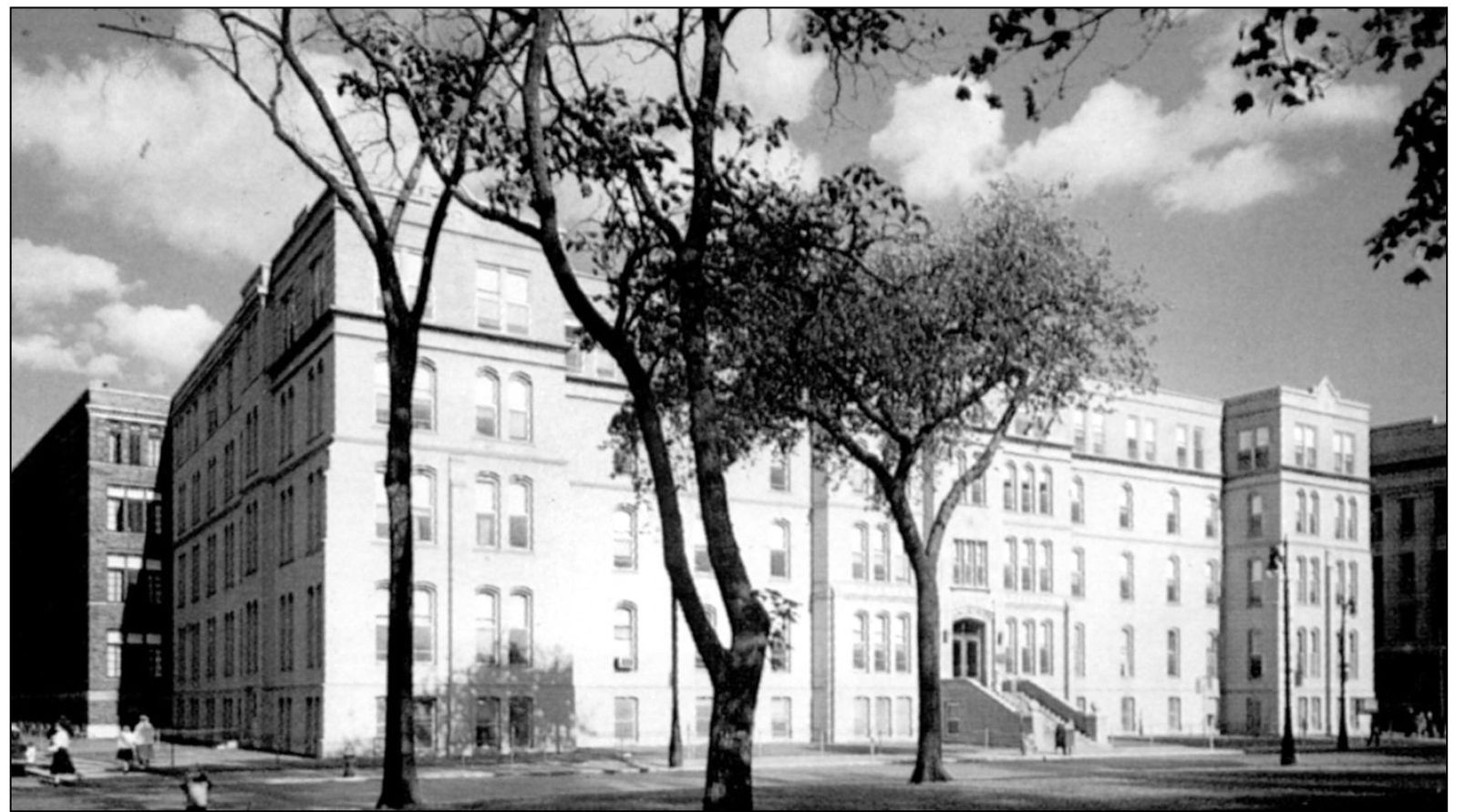ACKNOWLEDGMENTS
My special thanks are due to the following people who have contributed in ways great and small to my ability to assemble photographs and information for this book: John Gibson and David Poremba, Burton Historical Collection, Detroit Public Library; Mary J. Wallace, Audiovisual Specialist, Walter P. Reuther Library, Wayne State University; Ernie and Jo Johnson, Friends of Eloise and the Westland Historical Commission; Carol Will, Archivist, Daughters of Charity, Mater Dei Provincialate, Evansville, Indiana; Kirt Gross, Curator of Research, Dearborn Historical Museum; Valerie Latzman and Virginia Presson, Wayne Historical Museum; Roman Godzak, Archivist, Archdiocese of Detroit; Melanie Bazil, Senior Archivist, Henry Ford Health Services, Archives and Historical Collection; Debbie Larsen, Mount Clemens Public Library; Betty Lou Morris, Archivist, Detroit Society for Genealogical Research, Inc.; Sr. Michaeline Lewandowski, archivist, Sisters of Mercy, Farmington, Michigan; Janet Husband; and last, but not least, Cheryl Strange-Laetsch for sharing postcards and assisting in scanning photos.
This book is dedicated to helpers and healers, past and present.
There is no greater calling than to serve your fellow man.
There is no greater contribution than to help the weak.
There is no greater satisfaction than to have done it well.
Walter P. Reuther, 19071970
Find more books like this at
www.imagesofamerica.com
Search for your hometown history, your old
stomping grounds, and even your favorite sports team.
One
IN THE BEGINNING
FIRST SUPERINTENDENT OF THE POOR. Rev. Martin Kundig ministered to the victims of the cholera epidemic in Detroit and ran the county poorhouse. He also supervised the Wayne County Baths, including the medicinal ones, which were attached to the poorhouse, and the profits arising from the baths were used for charitable purposes. He was described as a giant of a man with a constitution of iron. (Courtesy Eloise Museum, Westland, Michigan.)
WAYNE COUNTY POORHOUSE, 1838. This wooden building was on the John L. Leib farm on Fort Gratiot Road in Hamtramck Township. The building was 66 feet long, 25 feet wide, and two stories high. The upper floor was divided into six rooms which included two sleeping rooms and two sick roomsone each for men and womenand two rooms for the superintendent. (Courtesy Eloise Museum, Westland, Michigan.)
DETROIT MEDICAL COLLEGE, c. 1890. The Detroit Medical College was founded after the Civil War primarily to care for the many ill and disabled soldiers. The demand for doctors was so great that applicants were admitted without regard to their academic credentials, and graduated after two sessions of five months each. Beginning in September 1880, the course was lengthened to three terms of six months each. (Courtesy Walter P. Reuther Library, Wayne State University.)
DETROIT COLLEGE OF MEDICINE, c . 1890. This color postcard shows the new headquarters at St. Antoine and Mullett, next to St. Marys Hospital. The college merged with the Michigan College of Medicine in 1885. It boasted a free ambulance service and a free dispensary. In 1933 this building became Wayne State Universitys College of Medicine.
MICHIGANS FIRST HOSPITAL, 1850. Founded in 1845 as St. Vincents Hospital by the Daughters of Charity, St. Marys was Michigans first hospital. It provided care to orphans, the insane, and people with contagious diseases and also served, along with Harper Hospital, as the U.S. General Hospital during the Civil War. This was the second hospital building, and it opened November 6, 1850. (Courtesy Burton Historical Collection, Detroit Public Library.)
FIRST GRADUATING CLASS, ST. MARYS HOSPITAL , 1896. Miss Helen Ryan was the superintendent of the nursing school that opened in 1894. Sources say there were 15 graduates, but only 11 are pictured here. (Courtesy Daughters of Charity Archives, Mater Dei Provincialate, Evansville, Indiana.)
ST. MARYS HOSPITAL, 1909. This postcard postmarked May 13, 1909, shows the third edifice built in 1879 which replaced the brick building on St. Antoine Street. This building housed 130 patients, and a free dispensary was maintained in connection to the hospital. St. Marys provided service to Detroiters for 104 years until it became Detroit Memorial Hospital on December 12, 1949.
DAUGHTERS OF CHARITY, ST. MARYS HOSPITAL, c . 1920. Eighteen sisters who staffed St. Marys are posed in the gardens on the side of the hospital. The Daughters of Charity were easily recognized by their distinctive head pieces. (Courtesy Daughters of Charity Archives, Mater Dei Provincialate, Evansville, Indiana.)
THEN AND NOW: THE 100TH ANNIVERSARY OF ST. MARYS HOSPITAL, 1945. A nurse in her then-modern 1940s St. Marys uniform admires the 1890s apparel modeled by a colleague. Nowadays the nurse would be wearing scrubs and running shoes. (Courtesy Burton Historical Collection, Detroit Public Library.)
GRADUATION PARTY, ST. MARYS HOSPITAL, c . 1947. Three smiling graduates of the hospitals three-year nursing program proudly pose with two Daughters of Charity. (Courtesy Daughters of Charity Archives, Mater Dei Provincialate, Evansville, Indiana.)

